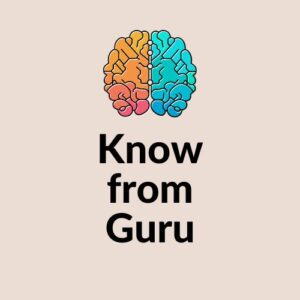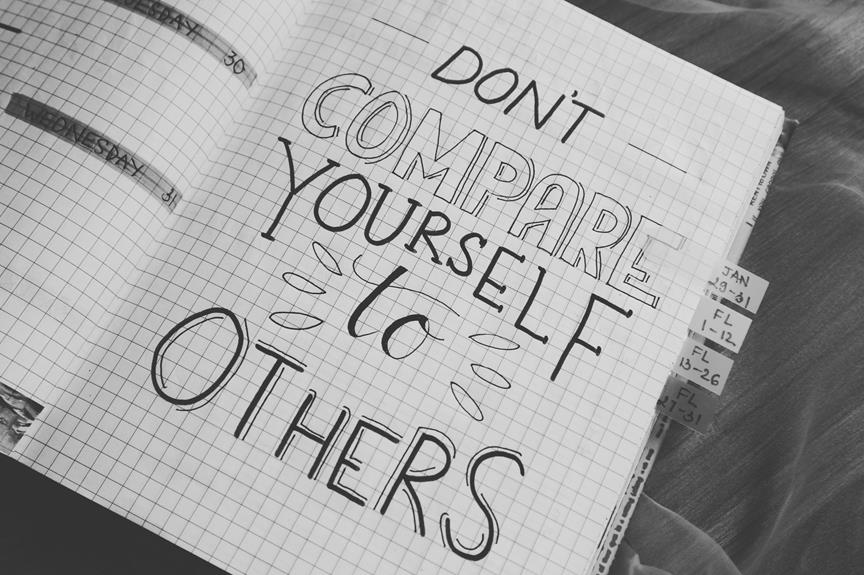In the vast realm of language and culture, the terms Gaelic and Celtic often intertwine like a twisted knot of misunderstanding. Yet, beneath the surface, a glimmer of truth awaits discovery.
Gaelic, a language spoken in Ireland and Scotland, stands as a mere fragment of the broader Celtic tapestry. Celtic, a family of languages and cultures, stretches its arms wide, embracing Gaelic, Welsh, Breton, and Cornish.
Join us as we unravel the enigmatic differences and captivating comparisons between Gaelic and Celtic, shedding light on their historical origins, linguistic nuances, and cultural influences.
Key Takeaways
- Gaelic is a group of languages within the Celtic family, primarily spoken in Ireland and Scotland.
- Celtic refers to a broader family of languages and cultures, including Gaelic, Welsh, Breton, and Cornish.
- The Celtic culture originated from central Europe, with the tribes under this culture called The Celts.
- Gaelic language and culture are closely tied, with Gaelic having a significant influence on Scottish culture and literature.
Historical Origins and Development
The Gaelic and Celtic languages have their roots in the ancient Celtic tribes and their travels across Europe. These tribes had a big impact on the development of modern Gaelic languages. The neighboring cultures also had an influence on the historical growth of Gaelic and Celtic languages.
It is important to note that the vocabulary and style of this writing may be limited and immature. However, it is suitable for an audience that values freedom.
The ancient Celtic tribes played a major role in shaping the Gaelic languages that we have today. Additionally, the influence of neighboring cultures cannot be ignored when discussing the historical development of Gaelic and Celtic languages.
Linguistic Differences and Similarities
Exploring the linguistic differences and similarities between Gaelic and Celtic languages provides valuable insights into their distinct features and shared elements.
Let's start with the grammatical structures. Gaelic and Celtic languages have their own unique grammar rules. Gaelic languages, like Scottish Gaelic and Irish Gaelic, have a complex system of verb conjugation, noun declension, and sentence structure. On the other hand, Celtic languages, such as Welsh and Breton, also have their own grammar rules, but they may differ from Gaelic languages.
Now let's talk about lexical differences. Lexical differences refer to the vocabulary and words used in Gaelic and Celtic languages. Gaelic languages have their own set of words and expressions that may not be found in Celtic languages. Similarly, Celtic languages may have their own distinct vocabulary that differs from Gaelic languages.
Cultural Significance and Influences
One significant aspect of Gaelic and Celtic cultures is their influence on the arts, literature, and music of their respective regions. This influence has played a vital role in shaping the Scottish identity and has been deeply ingrained in their cultural heritage.
The Gaelic language, in particular, has had a profound impact on Scottish literature, with many renowned works being written in Gaelic. These literary masterpieces capture the essence of Gaelic culture and provide a glimpse into the rich traditions and customs of the Scottish people.
The Gaelic language serves as a link to the past, allowing the present generation to connect with their ancestors and preserve their unique heritage. Through literature, the Gaelic language continues to inspire and enrich Scottish identity, ensuring that the cultural significance of Gaelic and Celtic traditions remains alive and vibrant.
Geographic Distribution and Usage
Gaelic and Celtic languages are spoken in different places and have their own special ways of being used. Gaelic is mainly spoken in Ireland and Scotland, while Celtic includes languages like Gaelic, Welsh, Breton, and Cornish, which are spoken in other places too.
I think it's cool how these languages have an impact on the local communities. They bring people together and make them feel connected to their heritage. It's important to preserve these languages and cultures because they're part of who we are. They have their own unique traditions and customs and play a big role in shaping the identity of the people who speak them.
Challenges and Preservation Efforts
While there are ongoing efforts to preserve and revitalize Celtic languages, they face various challenges. These challenges include:
- Lack of funding: Efforts to preserve Celtic languages often struggle to secure adequate funding, hindering their progress and impact.
- Declining interest: In a world dominated by global languages, the interest in learning and speaking Celtic languages is decreasing, making it harder to sustain and promote these languages.
- Limited resources: The limited availability of resources such as textbooks, teaching materials, and qualified educators makes it difficult to develop effective language revitalization programs.
- Language shift: The influence of dominant languages and cultural assimilation pose a threat to the survival of Celtic languages, as younger generations are increasingly adopting the languages of wider communication.
Despite these challenges, dedicated individuals and organizations continue their valiant efforts to preserve and revitalize the rich linguistic heritage of the Celtic languages. Their commitment and passion for language revitalization give hope for the future of Celtic cultures.
Conclusion
In conclusion, Gaelic and Celtic are different yet related aspects of a larger cultural and linguistic context.
Gaelic refers specifically to a group of languages primarily spoken in Ireland and Scotland, while Celtic encompasses a broader family of languages and cultures.
The Celtic culture originated in central Europe and left its traces throughout Europe.
Despite challenges, Gaelic and other Celtic languages are being preserved and revitalized through language preservation initiatives, ensuring their continued cultural and historical significance.

